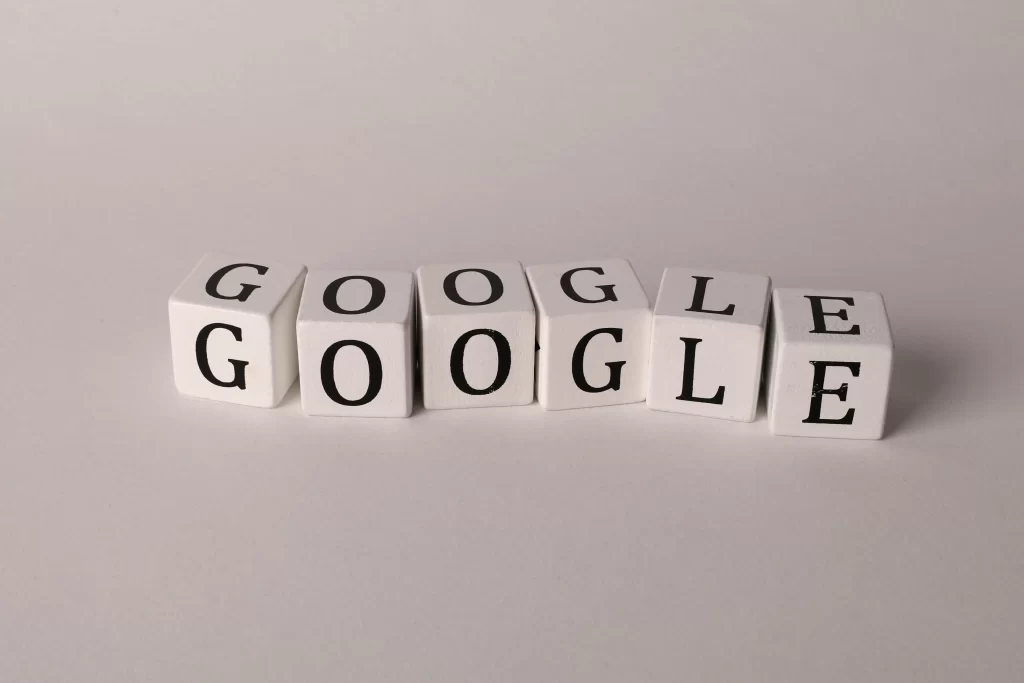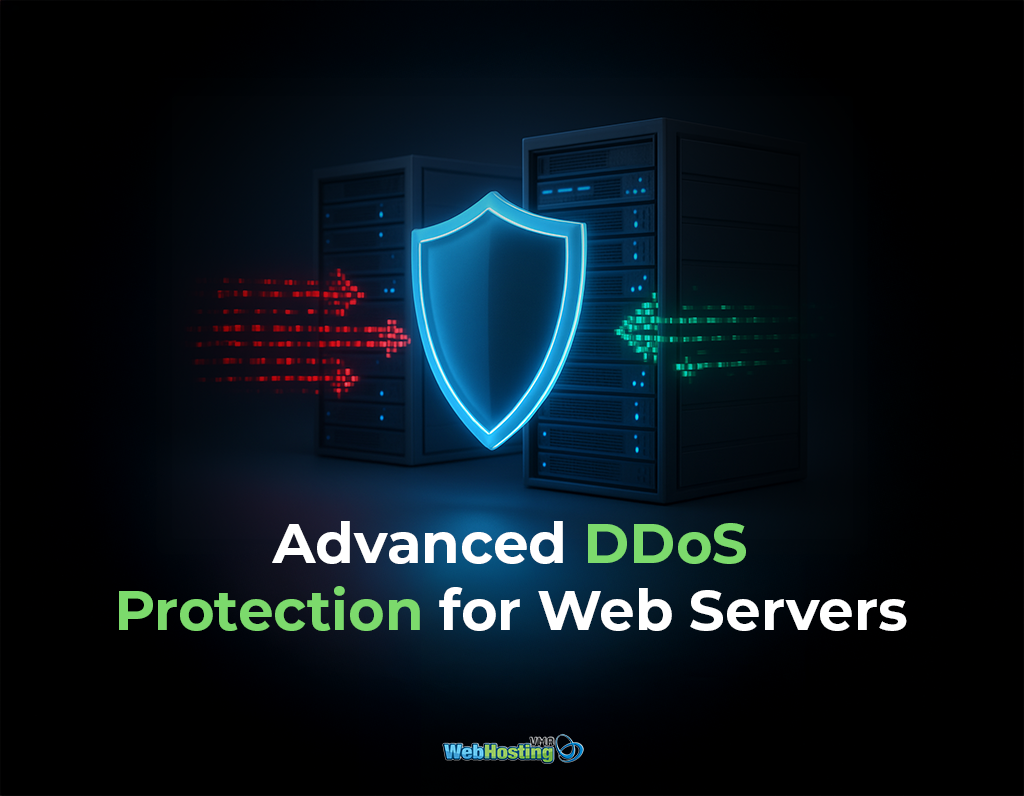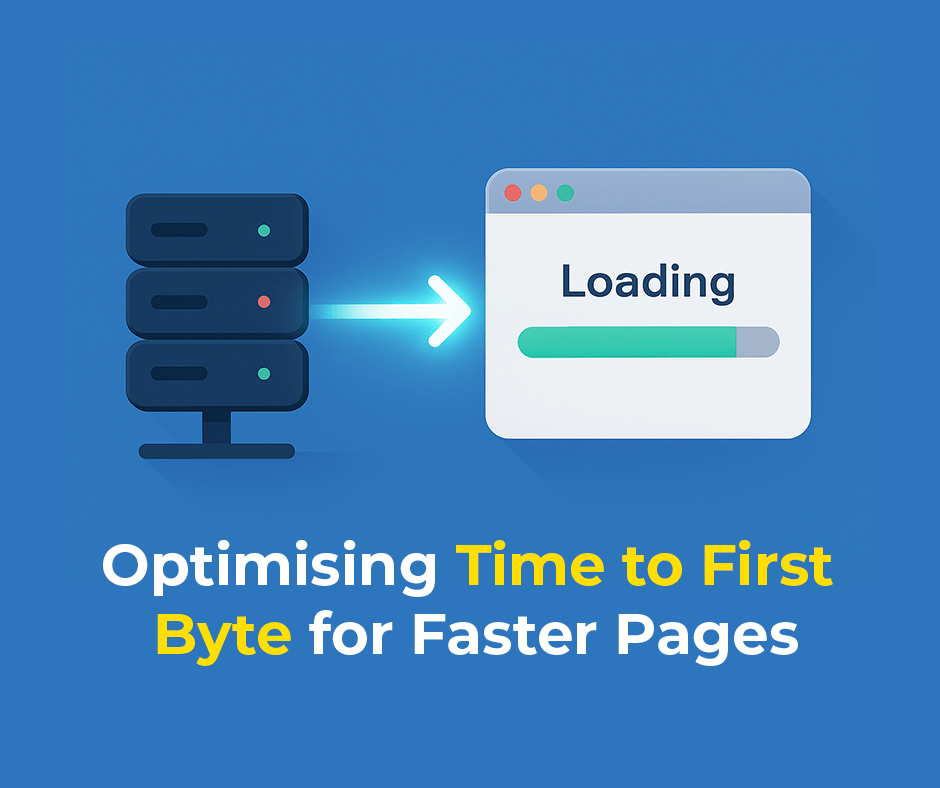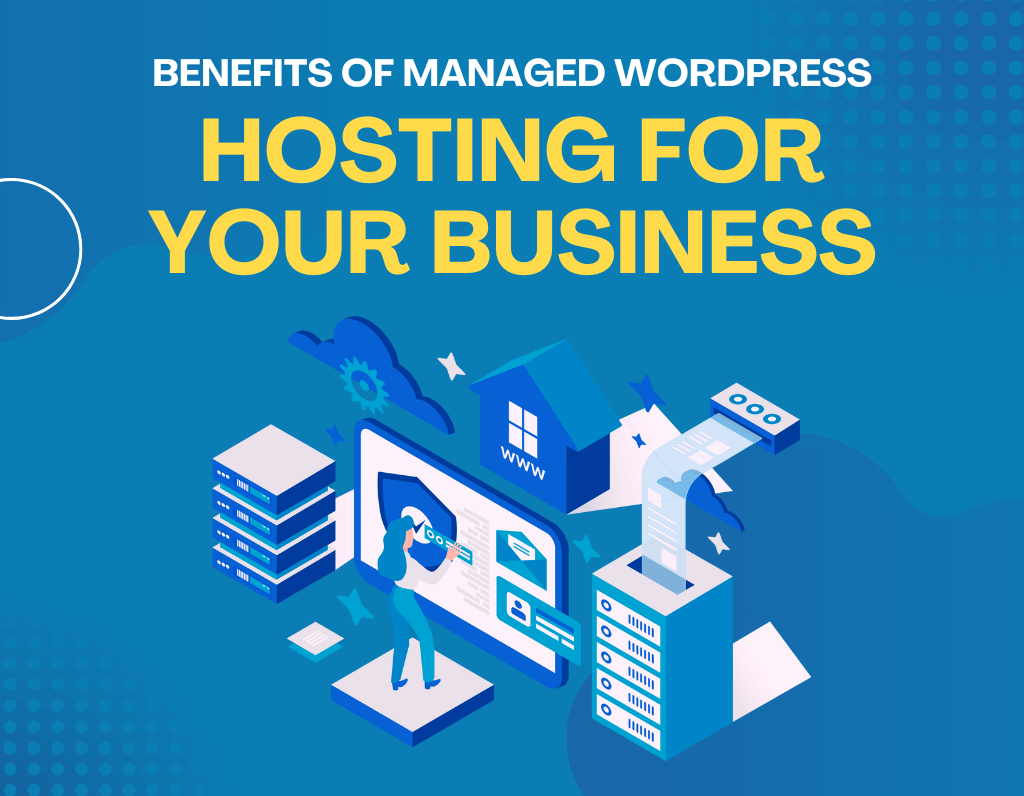Pay-Per-Click (PPC) advertising,especially PPC Australia, is crucial for businesses that want to boost their online presence and attract specific website visitors. In this guide, we’ll make PPC advertising easier to understand by exploring the history of PPC, explaining important ideas, answering common questions, sharing interesting facts, and showing how it benefits businesses.
The Evolution of PPC Advertising: A Brief History
PPC advertising started in the mid-1990s with Goto.com (later Overture). It let advertisers bid on keywords to appear higher in search results. In 2000, Google launched AdWords (google adwords) , revolutionising the PPC landscape and laying the foundation for modern paid search advertising.
Overtime, PPC has improved with advanced targeting choices, various ad formats, and better analytics. This has made it a crucial tool for online marketers.
Questions and Answers
What is PPC advertising?
PPC (Pay-Per-Click) advertising is when advertisers pay a fee for each click on their ad in digital marketing. Advertisers bid on relevant keywords that align with their target audience’s search queries. When users search using these keywords, the search results prominently display the ads.
How does PPC work?
PPC involves advertisers creating ad campaigns and bidding on keywords related to their products or services. When a user conducts a search using those keywords, it triggers an automated auction. The auction determines the ads and their order based on bid amounts and ad relevance. The highest bidder typically secures the top ad placement.
What are the key elements of a successful PPC campaign?
Successful PPC campaigns involve several critical elements. Selecting keywords strategically ensures that you target the right audience. Compelling ad copy grabs the user’s attention.
Well-designed landing pages encourage conversions. Effective budget management ensures optimal use of funds. Continuous monitoring and optimisation fine-tune the campaign for better performance over time.
How is the cost per click (CPC) determined?
CPC is determined through a real-time bid auction. Advertisers bid on keywords, and during a user’s search, the highest bidder for that keyword gets the top ad placement. The advertiser is charged the bid amount only when a user clicks on their ad, hence “pay-per-click.”
What are the different PPC ad formats?
PPC ads come in various formats, including text ads, display ads, shopping ads, video ads, and app promotion ads. There are different types of ads.
- Text ads appear in search results.
- Display ads are visual and can be found on websites.
- Shopping ads show products along with their prices.
- Video ads are engaging videos.
- App promotion ads encourage people to install apps.
What methods can businesses employ to gauge the effectiveness of their PPC campaigns?
PPC success can be measured with KPIs like CTR, Conversion Rate, ROAS, and Cost Per Conversion. PPC success can be measured using KPIs such as CTR, Conversion Rate, ROAS, and Cost Per Conversion.
CTR indicates the number of people who click on ads. Conversion Rate measures the number of clicks that result in conversions. ROAS calculates the revenue generated per dollar spent on ads. Cost Per Conversion shows the cost of acquiring a customer.
What are negative keywords, and why are they important in PPC?
Negative keywords are terms that advertisers designate to prevent their ads from appearing for certain search queries. This helps in refining ad targeting, ensuring ads are shown to a more relevant and interested audience, thus improving overall campaign efficiency.
What is Quality Score, and how does it impact PPC campaigns?
Quality Score is a metric used by search engines to evaluate the relevance and quality of an ad. It’s based on the ad’s click-through rate (CTR), ad relevance, landing page quality, and historical performance. A higher Quality Score positively impacts ad position and can lower the cost per click.
How can retargeting enhance a PPC campaign?
Geo-targeting allows advertisers to tailor their ads to specific geographic locations or a radius around a location. This helps in reaching a more relevant and localised audience, optimising ad spend and increasing the likelihood of conversions from the targeted region.
What are the pitfalls to steer clear of when engaging in PPC advertising?
Common mistakes in online advertising include:
- Not researching keywords enough.
- Not testing and optimising ads.
- Setting wrong bid amounts.
- Ignoring landing page design and optimisation.
- Not regularly tracking and analysing campaign performance. Avoiding these mistakes is essential for a successful PPC campaign.
Facts about PPC
Global Reach and Localisation:
PPC advertising offers businesses the ability to reach a global audience while allowing for precise localisation. Advertisers can tailor their campaigns to specific languages, regions, or countries, ensuring messages resonate with the local audience.
Ad Positioning Strategies:
Advertisers can strategise ad positioning to optimise campaign performance. They can choose between top-of-page ads for maximum visibility or lower positions for cost-effectiveness. Ad positioning is a crucial aspect of PPC campaign management.
Ad Customisation and Flexibility:
PPC platforms offer extensive customisation options. Advertisers can change ads easily, including the content, headlines, descriptions, and visuals. This allows them to test and adjust their messages based on data and feedback from the audience.
A/B Testing for Optimisation:
A/B testing in PPC allows advertisers to compare two versions of an ad to determine which performs better. This data-driven approach helps in refining ad elements and maximising click-through rates and conversions.
Long-Tail Keyword Utilisation:
PPC enables businesses to target long-tail keywords, which are longer and more specific keyword phrases. Long-tail keywords often have lower competition and cost, making them a valuable strategy to reach highly interested and niche audiences.
Ad Scheduling and Day parting:
Advertisers can schedule their ads to run during specific times of the day or days of the week. This helps them reach their audience at the best times. They are more likely to interact or make a purchase. It improves the campaign’s effectiveness.
Diverse Ad Extensions:
PPC platforms offer various ad extensions such as call extensions, site link extensions, location extensions, and more. These extensions provide additional information and opportunities for interaction, enhancing the ad’s overall visibility and appeal.
Integration with Other Marketing Channels:
PPC can be seamlessly integrated with other marketing channels like social media, email marketing, and content marketing. This integration enhances cross-channel marketing strategies, ensuring a consistent brand message and increased audience engagement.
Budget Flexibility and Scalability:
Advertisers can start with a small budget and gradually scale it up as they see positive results. This flexibility allows businesses to allocate resources efficiently and adjust their spending based on the campaign’s performance and goals.
Global Advertising Trends Impacting PPC:
Emerging global trends, such as voice search, artificial intelligence, and augmented reality, are influencing the evolution of PPC. Advertisers must adjust and include these trends in their strategies to remain relevant and competitive in the fast-changing digital world.
By using these extra aspects of PPC ads, businesses can improve their strategies and fully utilise this effective digital marketing method.
Benefits of PPC Advertising
Instantaneous Testing and Optimisation:
PPC provides businesses the ability to test different strategies in real-time. Advertisers can quickly adjust ad copy, landing pages, and targeting options based on immediate feedback, optimising campaigns for better performance.
Enhanced Ad Positioning Opportunities:
Advertisers can strategically position their ads to appear above organic search results, ensuring maximum visibility. This premium ad positioning contributes to higher click-through rates and better chances of conversions.
Access to a Diverse Audience Network:
PPC platforms often have partnerships or display networks that extend the reach of ads beyond search engines. Advertisers can leverage these networks to display their ads on relevant websites, reaching a broader audience.
Remarketing Capabilities for Re-engagement:
PPC helps businesses reconnect with users who visited their website but didn’t convert, through effective remarketing. This re-targeting strategy significantly boosts conversion rates and, as a result, helps in nurturing leads.
Quick Entry into New Markets:
For businesses expanding into new markets, PPC provides an expedited way to establish an online presence. By targeting specific keywords related to the new market, businesses can quickly attract relevant traffic and potential customers.
Precise Ad Scheduling:
Advertisers can choose when their ads arrive to reach the most engaged audience and increase the chances of getting results. This precision in ad scheduling maximises the campaign’s efficiency and potential for generating conversions.
Highly Transparent Performance Insights:
PPC platforms offer detailed performance metrics and analytics, providing advertisers with a transparent view of how their campaigns are performing. These insights allow for data-driven decision-making and effective campaign optimisation.
Instant Brand Credibility and Trust:
Achieving a top position in PPC ads conveys credibility to the audience. Users often trust and associate the top positions with reputable and trustworthy businesses, establishing brand credibility instantly.
Synergy with Content Marketing:
PPC complements content marketing strategies by amplifying the reach of content. Businesses can promote blog posts, guides, or other valuable content through PPC, driving more targeted traffic to their website.
Effective Lead Generation and Customer Acquisition:
PPC campaigns are designed to attract high-intent users, making them a powerful tool for lead generation and customer acquisition. By optimising for conversions, businesses can directly influence their sales pipeline and revenue growth.
By leveraging these extended benefits, businesses can formulate comprehensive PPC strategies, driving growth, and achieving their specific marketing objectives effectively.
Conclusion
PPC advertising is a dynamic and powerful tool for businesses aiming to grow their online presence and attract targeted traffic. Understanding its history, principles, and benefits empowers businesses to make informed decisions, optimising their campaigns for maximum success.
Want to learn more about PPC? Click Here to Learn More.
CONTACT US NOW! For more information.
Sharing is caring!
The post ( The Benefits and A Brief History of PPC) appeared first on Visual Marketing Australia.
Source: Source link






